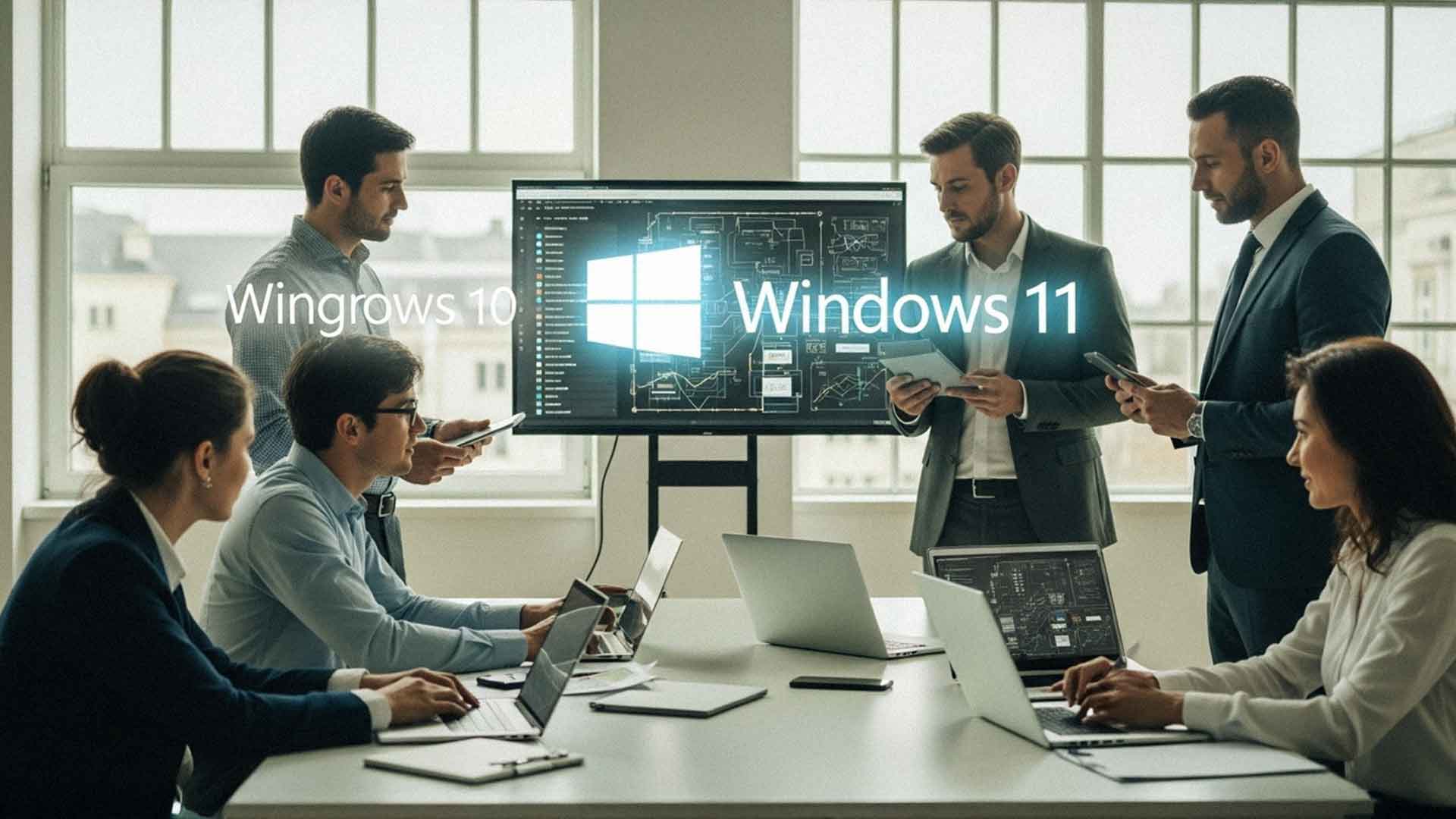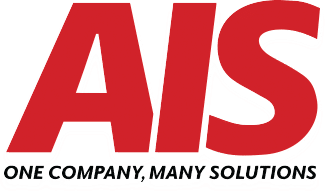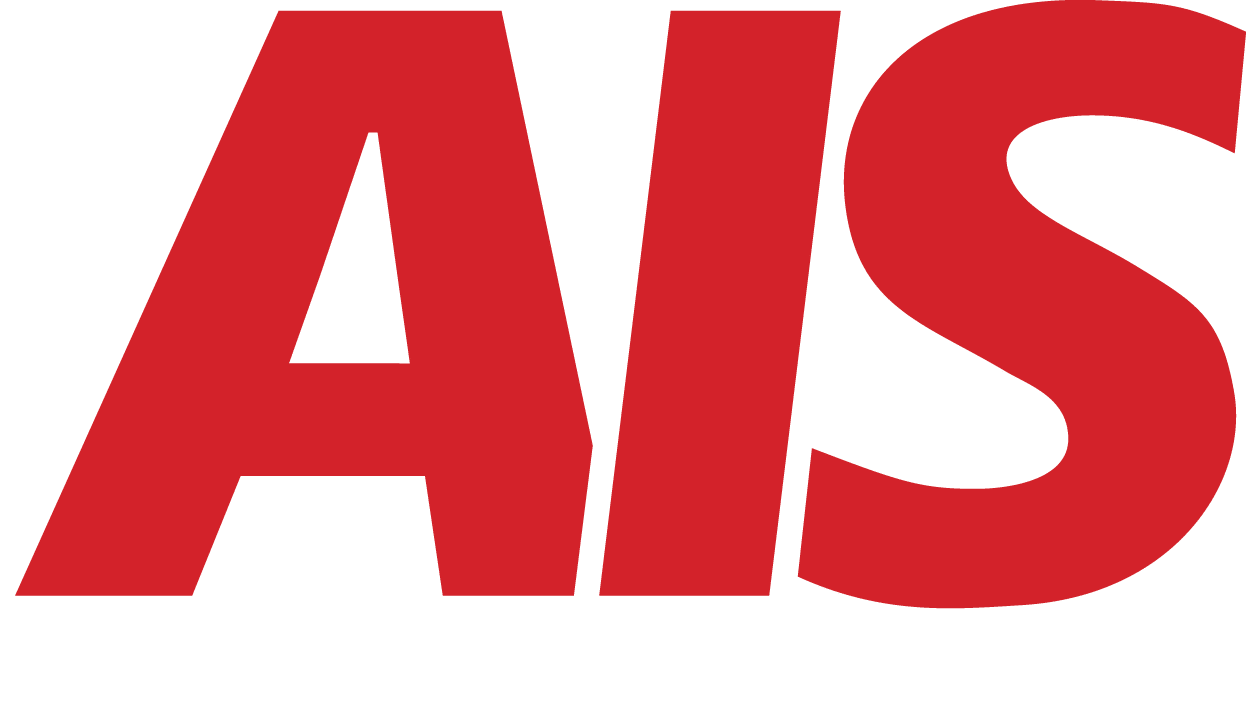Windows 10 Is Going Away: What That Means for Your Business
August 11th, 2025 | 9 min. read

If your business is still using Windows 10, it’s time to mark your calendar. Microsoft has officially announced that Windows 10 will reach its end of life on October 14, 2025.
That may sound far away, but if you're running dozens or even hundreds of computers, waiting too long could lead to serious issues with security, productivity, and compliance.
So, what does this mean for your business? Do you need to upgrade immediately? What’s the cost? Can your current devices handle the upgrade, or will you need new hardware?
Let’s walk through what the end of Windows 10 support means, what your options are, and how to prepare the right way without disrupting your business.
Why Windows 10 Is Ending: And When
Microsoft’s Official End-of-Life Date
Microsoft has announced that support for all editions of Windows 10 will officially end on October 14, 2025. This includes:
- Windows 10 Home
- Windows 10 Pro
- Enterprise and Education editions
After that date, Microsoft will stop providing:
- Security patches
- Bug fixes
- Feature updates
- Technical support
This end-of-support timeline is consistent with how Microsoft has phased out previous operating systems, including Windows 7.
What “End of Support” Really Means
Here’s the reality: your computers will still turn on. You’ll still be able to open files and use apps. But without ongoing support, you’ll lose the critical updates that keep your systems secure and stable.
Here’s what that looks like in practice:
- No new security patches, leaving systems vulnerable to attacks
- Gradual loss of compatibility with newer software
- Difficulty maintaining regulatory compliance
- No help from Microsoft if something goes wrong
In short, while your computers may continue to run, they will become a growing liability for your business.
Why Microsoft Is Making the Switch to Windows 11
Windows 11 isn’t just a cosmetic upgrade. It introduces significant improvements in security, performance, and usability, especially for hybrid and remote work environments. Microsoft designed Windows 11 to support:
- More advanced hardware
- Stronger security frameworks like TPM 2.0
- Cloud-first productivity features
This shift is part of Microsoft’s broader vision for a more secure, modern, and connected IT environment.
What Happens If You Keep Using Windows 10?
No More Security Updates: And Why That’s a Big Deal
Cybersecurity threats are getting more sophisticated every year. Once Microsoft stops patching vulnerabilities in Windows 10, attackers will have a growing list of known issues they can exploit.
If your business handles sensitive data like customer records, payment information, or health data, continuing with an unsupported OS puts you at risk of:
- Ransomware attacks
- Data breaches
- Legal liabilities
- Insurance coverage denial
Running outdated software can quickly turn into a costly mistake.
Software and Hardware Compatibility Issues
Most third-party software developers follow Microsoft’s support cycle. As Windows 10 ages out, more vendors will stop supporting it. That can lead to:
- Apps crashing or becoming unreliable
- Peripheral devices like printers and scanners are failing to connect properly.
- Overall performance degradation
This affects employee productivity and IT stability.
Regulatory Compliance Risks
Many industries have strict rules around data protection and technology standards. Continuing to use unsupported software can create compliance violations in sectors like:
- Healthcare (HIPAA)
- Financial services (GLBA)
- E-commerce and retail (PCI-DSS)
If your organization is subject to audits, this isn’t just a risk, it’s a red flag.
How to Know If Your Business Devices Are Ready for Windows 11
Minimum System Requirements (And the Surprise TPM Issue)
Windows 11 comes with stricter hardware requirements than previous versions. Here’s a quick checklist of what your devices need:
- 64-bit processor with at least 1 GHz and two or more cores
- 4 GB of RAM or more
- 64 GB of storage or more
- TPM 2.0 (Trusted Platform Module)
- UEFI firmware with Secure Boot enabled
The TPM requirement, in particular, caught many businesses off guard. It’s a physical security chip that isn’t present in many older machines.
How to Check Your Computers for Compatibility
Microsoft provides a free PC Health Check Tool that shows whether your device can run Windows 11. For larger environments, a Managed IT provider like AIS can scan your entire network and report on compatibility across all devices.
What to Do If Your Hardware Isn’t Eligible
If your devices don’t meet the requirements, you have a few choices:
- Upgrade individual hardware components, where possible
- Replace outdated computers entirely.
- Switch to cloud-based desktops that are not dependent on local hardware.
Each path has different costs, timelines, and pros and cons, which is why planning early is so important.
Upgrade Options: What Are Your Choices?
Option 1: Upgrade in Place (If Your Hardware Qualifies)
If your devices meet all the requirements, you can upgrade directly to Windows 11. While this sounds simple, a smooth rollout still requires:
- System backups
- Application compatibility checks
- End-user training
Skipping those steps can lead to frustration, downtime, or even data loss.
Option 2: Buy New Windows 11-Ready PCs
If your hardware is too old or incompatible, replacing it is often the better long-term move. Most business-grade PCs built in the last few years are Windows 11-ready out of the box.
This route offers cleaner installs, better performance, and longer support lifespans.
Option 3: Switch to Cloud Desktops or Virtual Machines
Cloud desktops, like Microsoft Azure Virtual Desktop, allow you to run Windows 11 on any device, even an older one, by hosting your desktop environment in the cloud.
This option is ideal for businesses with remote workers or fluctuating IT needs.
Option 4: Work with a Managed IT Provider to Create a Roadmap
Working with a local IT partner like AIS means you won’t be guessing. We’ll:
- Audit your current systems
- Build a phased migration plan.
- Handle upgrades and replacements.
- Minimize downtime and disruption.
It’s a proactive approach that keeps your business running while future-proofing your technology.
What’s the Cost of Upgrading from Windows 10?
Costs to Upgrade the OS Only
If your systems qualify, the upgrade to Windows 11 is free for licensed Windows 10 users. However, costs still arise from:
- Backup and migration services
- Compatibility testing
- Potential downtime
These are usually lower than buying new hardware, but they require planning and support.
Costs of Hardware Replacement
Replacing outdated systems involves:
- $500 to $1,000 per device, depending on specs
- Additional fees for setup, software reinstallation, and data migration
The total cost depends on how many devices you need to upgrade and how complex your environment is.
Costs of Not Upgrading
Failing to upgrade could cost you more than doing it. Some risks include:
- Cybersecurity incidents
- Lost productivity
- Non-compliance fines
- Higher long-term IT costs
It’s not just about saving money now. It’s about preventing disasters from happening later.
Should You Handle This In-House or Use a Managed IT Provider?
Pros and Cons of Doing It Yourself
If you have internal IT staff, handling the transition may be possible. However, you’ll need:
- A clear upgrade strategy
- Knowledge of compatibility testing
- Backup and recovery protocols
- Time and capacity to manage the project
For many SMBs, that’s a tall order.
When to Bring in a Local IT Expert Like AIS
You should consider working with a trusted partner if:
- You lack internal IT resources
- You’re unsure about hardware compatibility.
- Your industry has compliance requirements.
- You want to avoid downtime.
Real-World Examples from AIS Clients
We’ve helped dozens of businesses move from Windows 7 and Windows 8 to more secure platforms. Now we’re doing the same for Windows 10 users.
Whether you have five users or 200, we can build a plan that fits your needs and budget.
Next Steps: How AIS Can Help You Prepare for the Windows 10 End of Life
Windows Upgrade Assessment Service
AIS offers a tailored Windows upgrade assessment. We’ll review:
- Your existing devices
- Compatibility and hardware needs
- Licensing status
- Migration timelines and risks
You’ll get a clear picture of what you need to do and when.
Customized Upgrade Plan for SMBs
We don’t believe in cookie-cutter solutions. We build plans that match your industry, staff size, and long-term goals. Whether that means new hardware, cloud desktops, or a combination of both, we’ve got you covered.
Ongoing Support Before and After Migration
Technology transitions don’t stop when the upgrade is done. We provide:
- Help desk support for your team
- Proactive monitoring and patching
- Security tools and training
- Long-term IT strategy and budgeting
The Final Say: Preparing Now to Upgrade Your Windows
The end of Windows 10 support is coming, and ignoring it won’t make the risks go away. This isn’t just a technology issue. It’s a business decision that affects your security, compliance, and productivity.
Whether you plan to upgrade, replace, or migrate to the cloud, AIS is here to help guide you every step of the way.
Useful Resources:
If you're not sure where to start, contact us today for a free Windows 10 upgrade assessment. Let’s get your business ready for what’s next.
A true southerner from Atlanta, Georgia, Marissa has always had a strong passion for writing and storytelling. She moved out west in 2018 where she became an expert on all things business technology-related as the Content Producer at AIS. Coupled with her knowledge of SEO best practices, she's been integral in catapulting AIS to the digital forefront of the industry. In her free time, she enjoys sipping wine and hanging out with her rescue-dog, WIllow. Basically, she loves wine and dogs, but not whiny dogs.
Topics:



